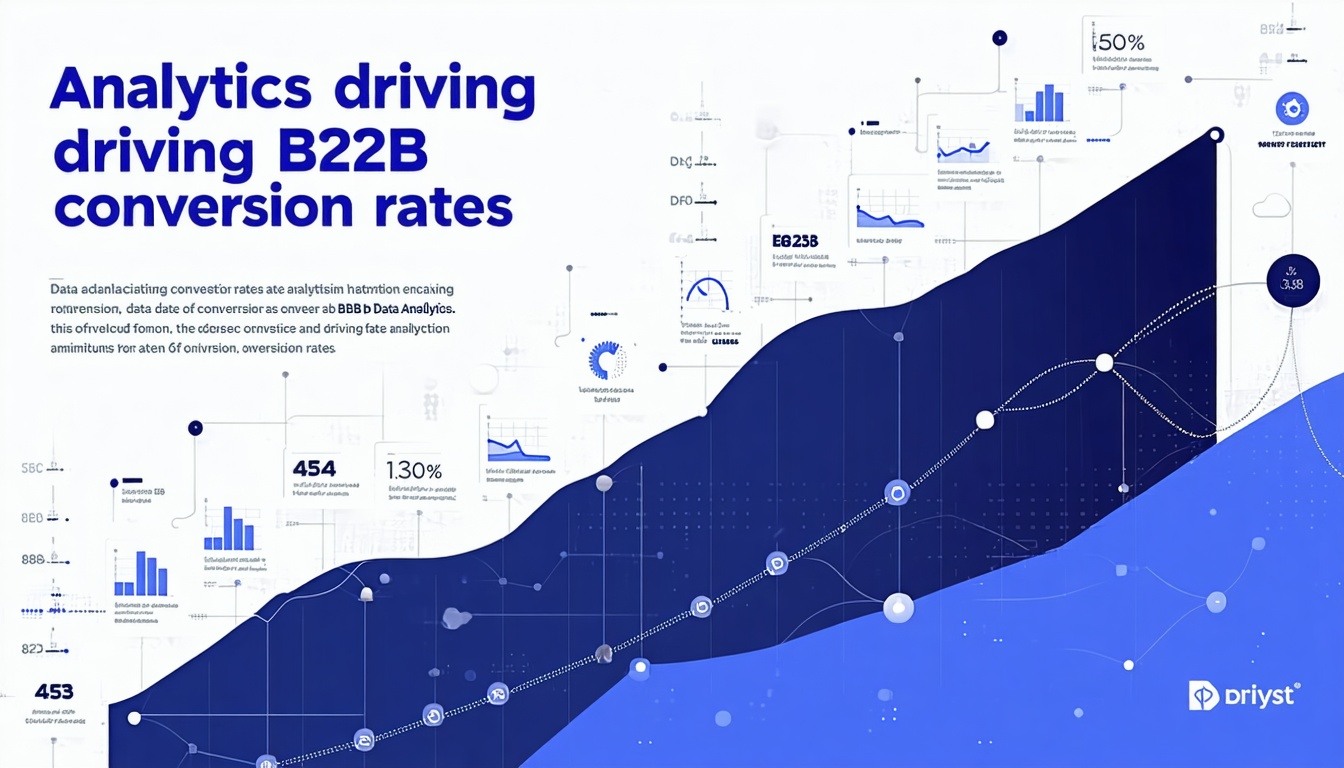
Unlock the power of data to transform your B2B conversion rates and drive business growth with targeted strategies.
Understanding the Role of Data in B2B Conversion Optimization
Data plays a crucial role in the optimization of B2B conversion rates. By leveraging data, businesses can gain deep insights into customer behavior, preferences, and interactions. These insights allow companies to make informed decisions, create personalized marketing strategies, and improve the overall customer experience.
Utilizing data effectively can help identify bottlenecks in the sales funnel, understand the performance of different marketing channels, and track the effectiveness of various campaigns. This data-driven approach ensures that resources are allocated efficiently and that strategies are aligned with customer needs and market trends.
The Power of Customer Profiling and Segmentation
Customer profiling and segmentation are essential components of a successful B2B strategy. By creating detailed profiles of potential customers, businesses can better understand their target audience and tailor their marketing efforts accordingly. Segmentation allows companies to divide their customer base into distinct groups based on factors such as industry, company size, and buying behavior.
This targeted approach enables businesses to craft personalized messages and offers that resonate with each segment. It also helps in identifying high-value prospects who are more likely to convert, thereby improving the efficiency of marketing campaigns and increasing conversion rates.
Leveraging Predictive Analytics for High-Value Prospects
Predictive analytics is a powerful tool for identifying high-value prospects. By analyzing historical data and identifying patterns, predictive analytics can help businesses forecast future behaviors and trends. This allows companies to focus their efforts on leads that are most likely to convert into customers.
With predictive analytics, businesses can prioritize leads, allocate resources more effectively, and increase the likelihood of successful conversions. This approach not only improves the efficiency of the sales process but also enhances the overall return on investment (ROI) for marketing efforts.
Integrating Marketing Automation for Seamless Conversion
Marketing automation is a key component of a data-driven B2B strategy. By automating repetitive tasks such as email campaigns, social media posts, and lead nurturing, businesses can streamline their marketing efforts and ensure consistent communication with prospects.
Automation tools can track customer interactions and behaviors, allowing businesses to deliver personalized content at the right time. This seamless approach to marketing helps in maintaining engagement with prospects, moving them through the sales funnel more efficiently, and ultimately increasing conversion rates.
Aligning Sales and Marketing Efforts to Maximize Results
Alignment between sales and marketing teams is critical for maximizing B2B conversion rates. When both teams work together towards common goals, they can create a cohesive strategy that enhances lead generation and conversion efforts.
Regular communication and collaboration between sales and marketing ensure that both teams are on the same page regarding target audiences, messaging, and campaign objectives. This alignment helps in creating a seamless handoff of leads from marketing to sales, ensuring that high-quality leads are effectively nurtured and converted into customers.
